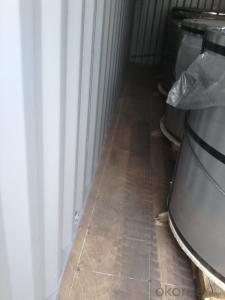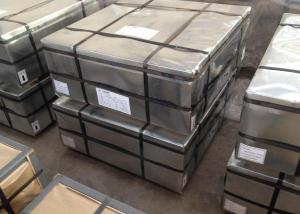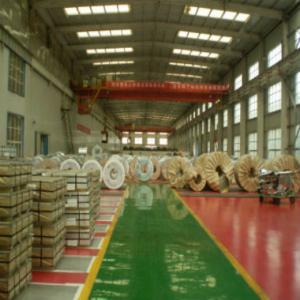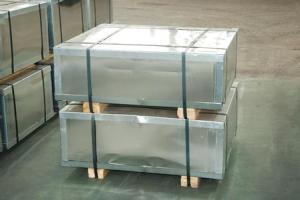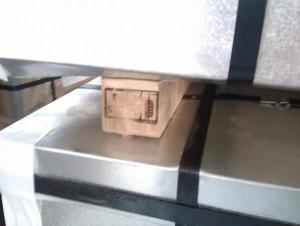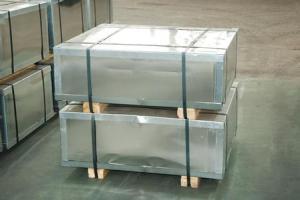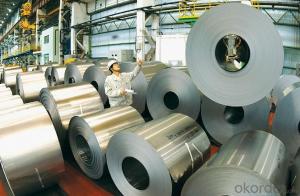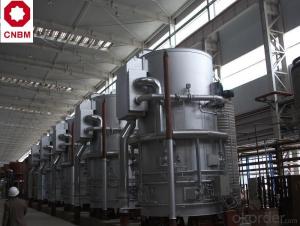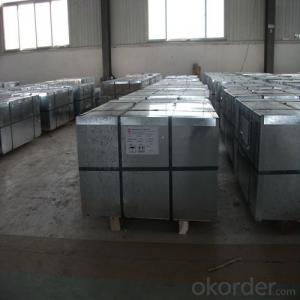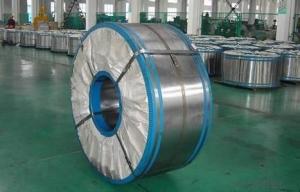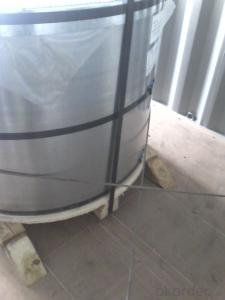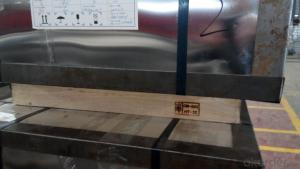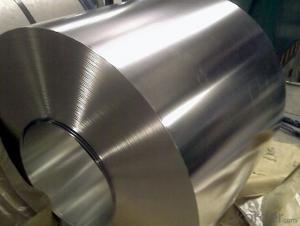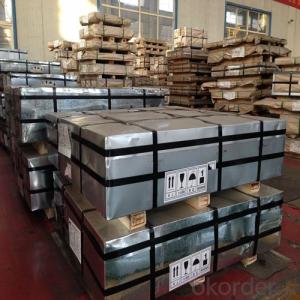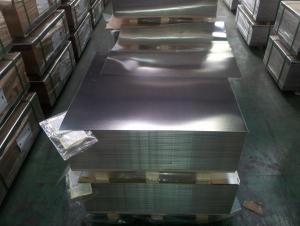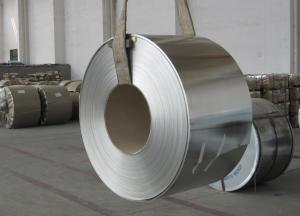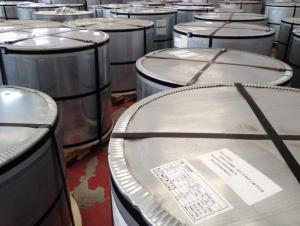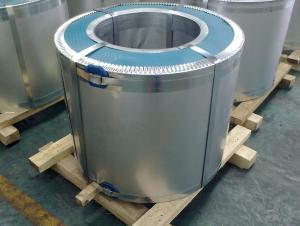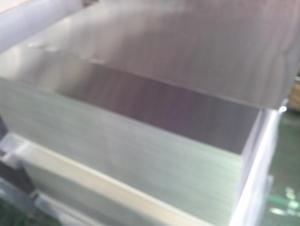Prime Good Quality ETP Tinplate for Tin Container Cans Containers
- Loading Port:
- China Main Port
- Payment Terms:
- TT OR LC
- Min Order Qty:
- -
- Supply Capability:
- -
OKorder Service Pledge
OKorder Financial Service
You Might Also Like
We have been producing tinplate material professionally and providing related service for decades years. Now we have been exporting our material to the world. Please kindly contact us to meet your needs for ETP materail.
Below is the specification we currently do:
1. Standard: GB/T 2520-2000, JIS G3303-2002 and DIN EN 10203-1991
2. Raw material: MR, SPCC
3.Thickness: 0.18 to 0.50mm
4. Width: 260 to 980mm
5. Coil diameter: ID 420mm or 508mm
6. Temper grade: T2, T3 and T4
7. Tin coating: ordinary 2.8 or 2.8g and 5.6g or 5.6g, can produce according to customer's requests
8. Applications: paint, chemical and other usage can make battery, electric cable and other industries
9. Package: anti-rust paper, corner protected. Sheets or coils according customer's request.
Tinplate is a thin steel sheet coated by tin. It has an extremely beautiful metallic luster as well as excellent properties in corrosion resistance, solder ability, and weld ability.
Both Prime and Second Quality Are Available!!!
- Q: What are the main regulations governing tinplate production?
- The main regulations governing tinplate production vary by country and region. However, some key regulations typically include guidelines on the use of materials, such as the type and thickness of tin coatings, as well as regulations on production processes to ensure safety and quality standards are met. These regulations may also cover areas such as labeling, packaging, and transportation requirements to ensure proper handling and traceability of tinplate products.
- Q: What are the different ways to open tinplate cans?
- There are several ways to open tinplate cans, including using a can opener, a knife, a spoon, or even your hands if the can has a pull tab.
- Q: How does tinplate contribute to the overall versatility of packaging?
- Tinplate contributes to the overall versatility of packaging by offering a wide range of benefits. Its durability, corrosion resistance, and ability to withstand high temperatures make it ideal for preserving and protecting various products. Tinplate can be easily molded into different shapes and sizes, making it suitable for diverse packaging requirements. Additionally, its metallic appearance provides an attractive and premium look to the packaging, enhancing the brand image. Overall, tinplate's versatility makes it a popular choice for a wide range of products, from food and beverages to cosmetics and electronics.
- Q: Is tinplate resistant to scratches and dents?
- Yes, tinplate is resistant to scratches and dents.
- Q: How does tinplate affect the overall product visibility?
- Tinplate enhances the overall product visibility by providing a glossy and reflective surface that attracts attention. Its smooth and bright finish allows for excellent printability, making it ideal for branding and product information displays. The reflective properties of tinplate also contribute to the product's visibility on store shelves, catching the eye of potential customers and increasing its overall appeal.
- Q: Can tinplate packaging be used for kitchen utensils?
- Yes, tinplate packaging can be used for kitchen utensils. Tinplate is a type of steel coated with a thin layer of tin, which provides corrosion resistance and makes it suitable for food contact. It is commonly used for cans and containers, and can also be shaped into various kitchen utensils such as cutlery, cooking tools, and storage containers.
- Q: Can tinplate be used for solar panel applications?
- Yes, tinplate can be used for solar panel applications. Tinplate is commonly used as a substrate material for the backsheet of solar panels due to its excellent corrosion resistance, durability, and ability to protect the solar cells from environmental factors.
- Q: Is tinplate affected by moisture or humidity?
- Yes, tinplate is affected by moisture and humidity. Moisture and high humidity levels can cause tinplate to corrode and rust over time. It is important to store and handle tinplate in dry conditions to prevent any potential damage.
- Q: What are the transportation considerations for tinplate?
- The transportation considerations for tinplate typically revolve around its weight, fragility, and potential for damage. Tinplate is quite heavy, so proper handling and lifting equipment are necessary to ensure safe transportation. Its fragile nature means that it should be protected from impacts and vibrations during transit to prevent dents, scratches, or other damage. Additionally, as tinplate is susceptible to corrosion, it is important to protect it from moisture and humidity during transportation, such as by using proper packaging and ensuring a dry environment.
- Q: How is tinplate coated for beverage cans?
- Tinplate is coated for beverage cans through a process called electrolytic tin-plating. In this process, a thin layer of tin is applied onto the surface of the steel sheet, which acts as a protective coating. The steel sheet is first cleaned and then passed through an electrolyte solution containing tin ions. An electric current is applied, causing the tin ions to bond with the steel surface, resulting in a uniform and corrosion-resistant tin coating. This tin coating ensures that the beverage cans remain safe and preserves the flavor and quality of the drink inside.
Send your message to us
Prime Good Quality ETP Tinplate for Tin Container Cans Containers
- Loading Port:
- China Main Port
- Payment Terms:
- TT OR LC
- Min Order Qty:
- -
- Supply Capability:
- -
OKorder Service Pledge
OKorder Financial Service
Similar products
Hot products
Hot Searches
Related keywords
